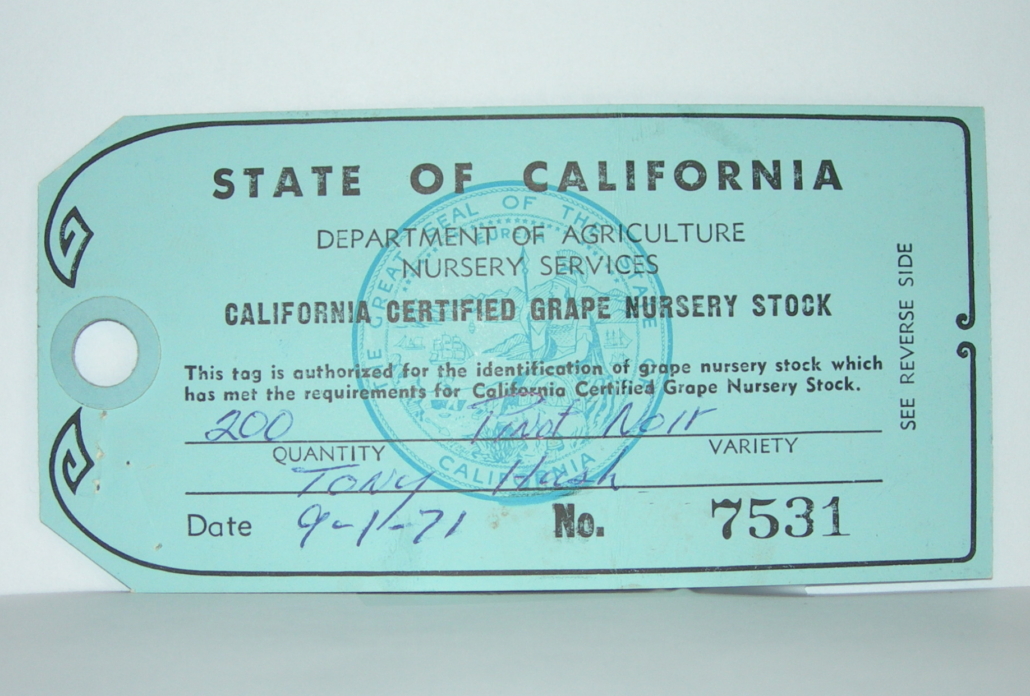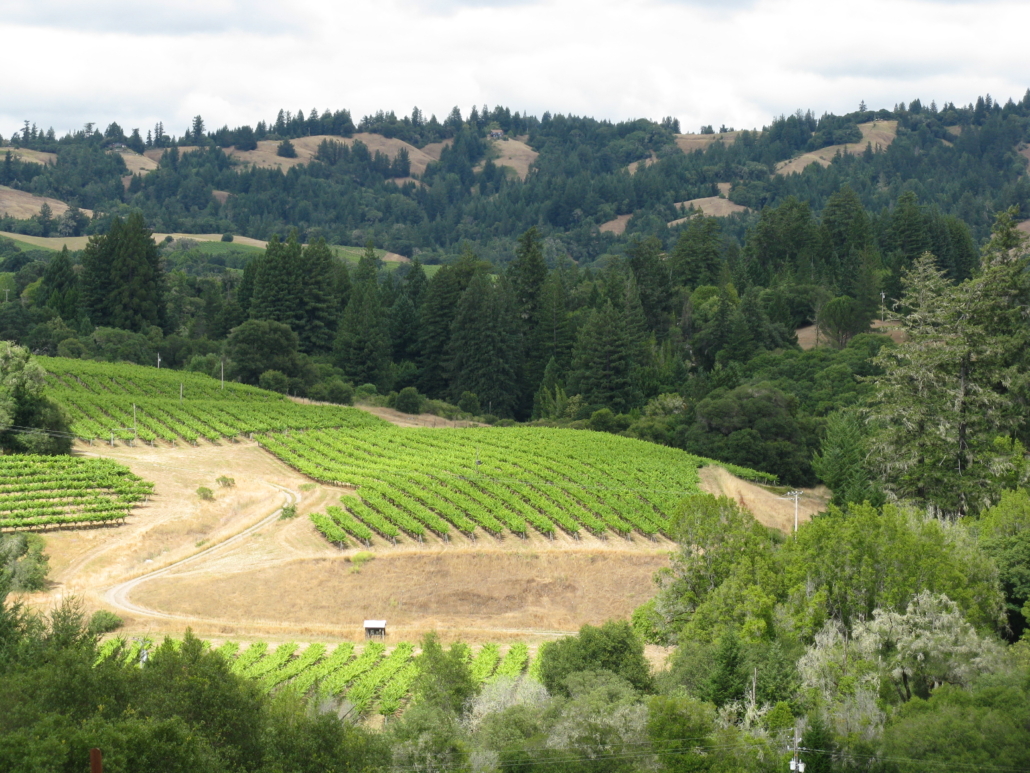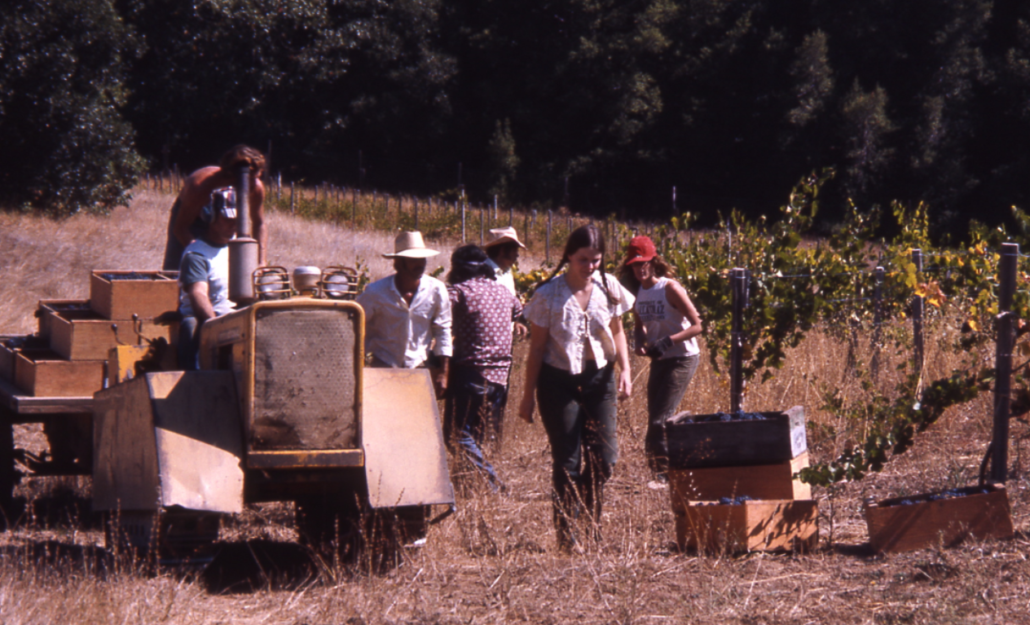Pinot Arrives in Anderson Valley
The challenge was irresistible for an energetic Tony Husch. With his newly obtained winery permits in hand and his first crush just days away, Husch jumped into his truck and drove down to the Wente Brothers nursery in Livermore. Later that day he returned with 200 cuttings of Pinot Noir. September 1, 1971 was the beginning of a wild ride for Anderson Valley Pinot Noir.
Viticulture in the Anderson Valley had more failures than successes when pioneers such as Goodhue, Pinoli, Edmeades and Husch planted grapes on the Valley floor. While the region had a long history of agriculture — including apples, pears, winter grains, and sheep — efforts to add grapevines to the mix had seen setbacks.
Without easy access to water it was difficult to irrigate young vineyards. Spring frosts routinely hit the Valley floor with a vengeance. Without good roads it was difficult to transport perishable grapes from the vineyard to the distant wineries during harvest. But the biggest challenge was simply the lack of consistent summer heat. The Valley floor often starts its summer days shrouded in fog, making it uncertain if the grapes could ripen before the winter rains arrive.
White grapes — which ripen faster than their red counterparts — were the first to be grown successfully. Goodhue planted French Columbard as early as 1946. Successful harvests of Chardonnay and Gewurztraminer in the late ‘60s showed a new potential of the region. But failures for red grapes — Cabernet Sauvignon and Zinfandel in particular — had left the pioneers frustrated.
Well aware of these failures, Husch saw the challenge. But why choose Pinot? Surely he was aware that other vineyards in Napa and Sonoma were removing their Pinot plantings at this time. And he must have had some inkling that the wineries of the era had little interest in Anderson Valley fruit for the “Hearty Red” jugs they produced. Nonetheless, the challenge of ripening red fruit and then crafting a wine worthy of its Burgundian roots was too much for the idealistic Husch to pass up.
The Knoll – a prominent overlook perched above the Navarro River — offered 2.5 acres of marginal, shallow soils. Husch knew his soils well – this field alone required 1100 planting holes – each dug manually with a post-hole digger. Realizing that lousy soils can be a good fit for red grapes, Husch had set this block aside when he planted white grapes on the rest of the property. Just after his winery’s inaugural crush in 1971 Husch field grafted his Pinot Noir cuttings on the young rootstock. But would the fruit ripen?
In 1973 a light crop of Pinot was harvested. The crop ripened successfully again in 1974 and 1975, proving that the first harvest wasn’t simply a fluke. Enthusiasm for Gewurztraminer in the Valley made the headlines, but the growth curve for Pinot was just beginning. A recent census by the Anderson Valley Winegrowers shows that 96% of vineyards in the Anderson Valley had at least one field of Pinot Noir. In 2022 The Knoll block produced its 50th crop.
Written by Zac Robinson, Husch Vineyards proprietor (2023)




